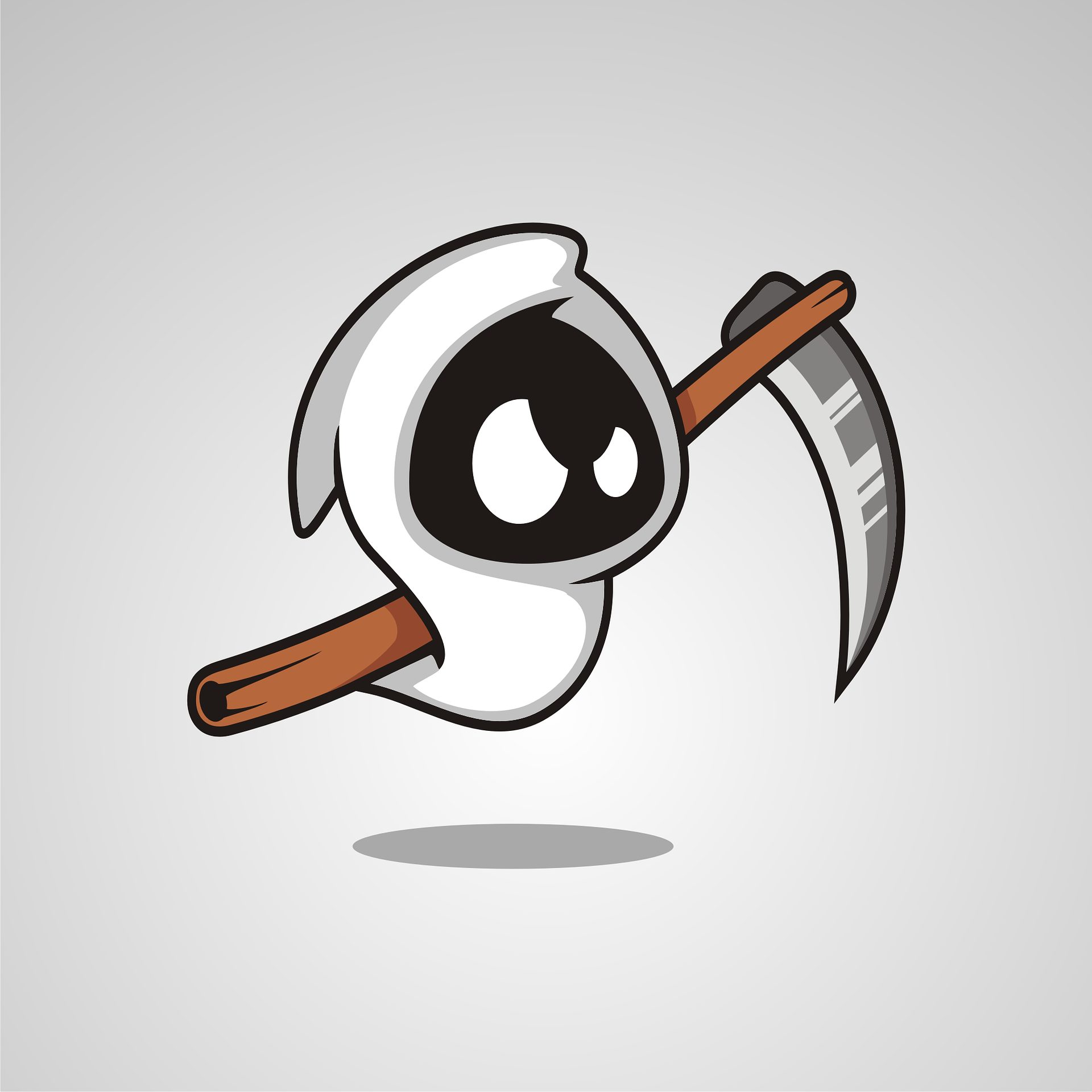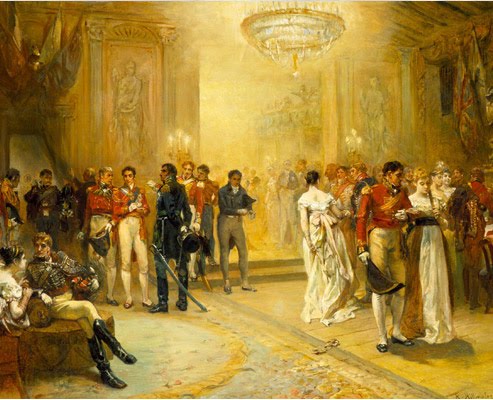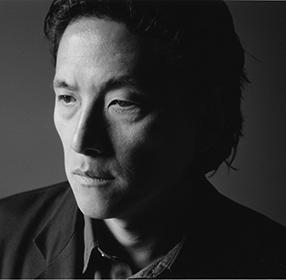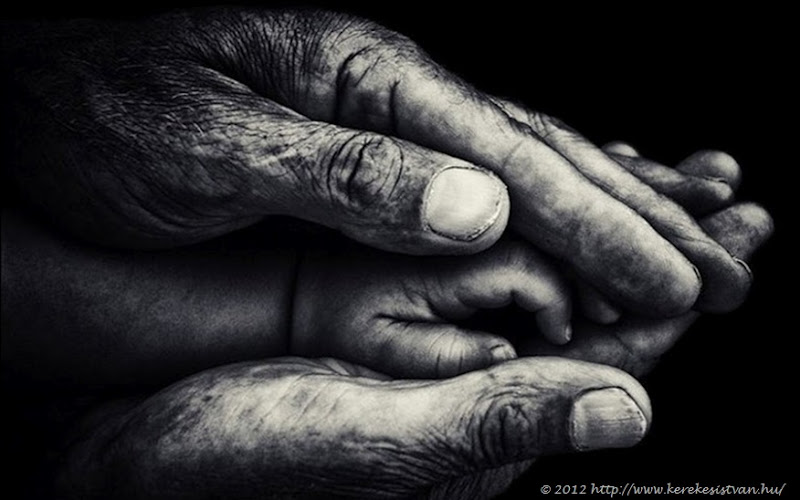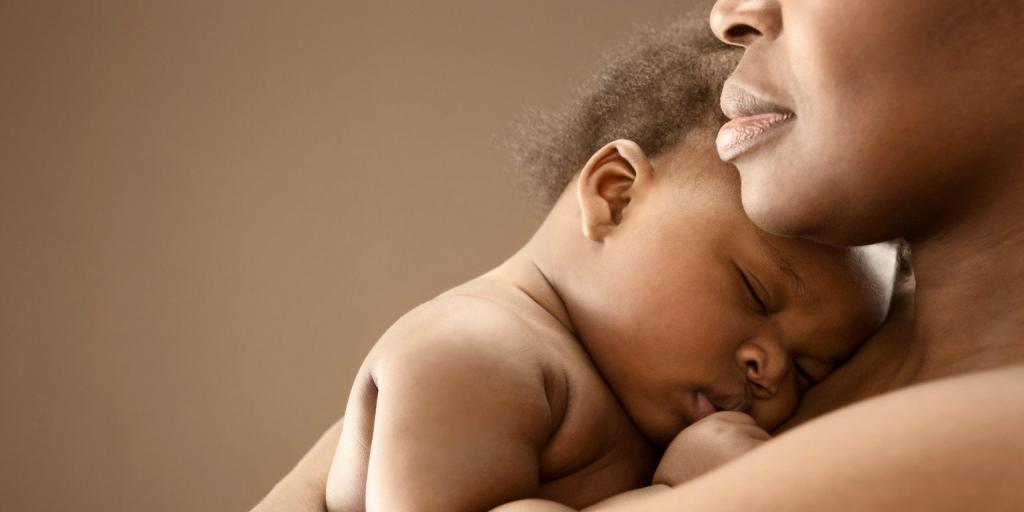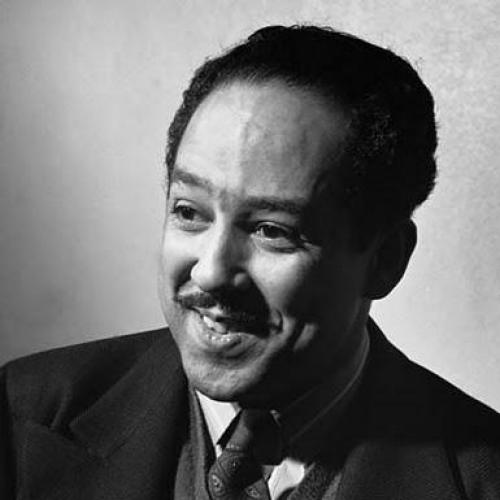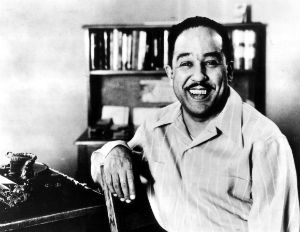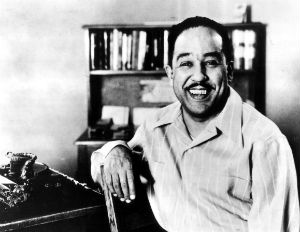Critical Analysis of Women:
This poem employs a strategy that is fairly common in feminist writings – that of conformity to patriarchal expectations on the surface, and of subversion to such expectations at a deeper level of meaning. Patriarchy has been defined as a system of society or government in which men hold the power and women are largely excluded from it. Because of this, it is men who decide what to think and who exert influence in forming preconceived notions about both sexes. Hence man is considered to be physically fit, and intellectually superior. On the other hand, women are believed to be weak and prone to making overly emotional responses to any situation. The world of women that Bogan describes is the world that has been constructed by patriarchy – the world where women are absolutely content with their limited resources, are not exposed to the outside world, are not too forward in their behaviour, and where they cannot help but fail in their endeavour to please men (which is again believed to be their sole purpose in life). That is, women act in perfect accordance with what patriarchy expects from them. However, in describing such a patriarchal world, she is taking a radical step for her time. She is making a critique of patriarchally structured society. She is saying that it is men who have chosen to deny women of opportunities for advancement, and it is because of men that there is no equality between the sexes. To criticize such matters openly would have got her poem banned, so Bogan shows us how ridiculous the present situation is in order to make us feel that it needs to change.
Stanza-wise Annotation of Women:
Please note: N= noun, V=verb, Adj=Adjective, Adv=Adverb, P=Preposition
1st stanza:
Wilderness (N): An uncultivated, uninhabited, and inhospitable region
Provident (Adj): Making or indicative of timely preparation for the future
Content (Adj): In a state of peaceful happiness
Cell (N): A small room in which a prisoner is locked up or in which a monk or nun sleeps
Dusty (Adj): Staid and uninteresting
2nd stanza:
Cattle (N): Large ruminant animals with horns and cloven hoofs, domesticated for meat or milk, or as beasts of burden; cows and oxen
Cropping (V): Present participle form of the word “crop”, that is, (of an animal) to bite off and eat the tops of (plants)
Culverts (N): Plural form of the word ‘culvert”, that is, a tunnel carrying a stream or open drain under a road or railway
3rd stanza:
Stiffen (V): Make or become stiff or rigid
Benevolence (N): The quality of being well meaning; kindness
4th stanza:
Cleft (Adj): Split, divided, or partially divided into two
Axe (N): A tool used for chopping wood, typically of iron with a steel edge and wooden handle
Eager (Adj): Strongly wanting to do or have something
Tense (Adj): Unable to relax because of nervousness, anxiety, or stimulation
Lax (Adj): (Of the limbs or muscles) relaxed
5th stanza:
Like (Adv): Short form of the word “likely”
Door-sills (N): Plural form of the word “door-sill”, that is, a horizontal piece of wood or stone that forms the bottom of a doorway and offers support when passing through a doorway
Poetic Devices in Women:
Rhyme scheme:
Each of the five stanzas in this poem follows the same simple rhyme scheme – ABCB. She deliberately chooses to use such a simple rhyme scheme to reflect how men choose to simplify the thoughts and actions that they believe women to be capable of. In reality, the subject matter of this poem by Bogan is not very simple, and neither are women, according to her.
Rhetorical devices:
1st stanza:
Metaphor:
This rhetorical device is used when a covert comparison is made between two different things or ideas. In this stanza, the poet uses the device of metaphor when she compares women’s hearts with prison cells in the third line.
3rd stanza:
Transposed sentence:
Poets often change the sequence of words in their lines in order to maintain the rhyme scheme chosen by them for that particular poem. In this stanza, the poet uses the device of a transposed sentence on the third line when she writes “They use against themselves that benevolence” instead of writing “They use that benevolence against themselves”, the latter being the more grammatically correct of the two.
Central Idea of Women:
Women’s world is like a prison cell, yet they are satisfied to be living within it and they do not strive for anything better. Since they lack knowledge of the outside world, they are happy to remain indoors. They are unwilling to let go of their superstitions and beliefs. They conveniently stay away from physical labour. They either cannot maintain distance in relationships or else they maintain it too much. They are emotional by nature. They should not hope for much in life other than a few glimpses of what is outside the door to their households.
Themes of Women:
Patriarchy as a prison cell:
Men have always made women believe that they are keeping women safe, and that is why it is essential to keep them away from the big bad world outside. However, this is simply a means of surveillance and control. Perhaps this is more visible in Eastern cultures than Western ones, with the use of the ‘purdah’ and the ‘ghoonghat’ among women over there.
Effect of patriarchy on women’s psyche:
Men have always made women believe that they are inferior to men. Bogan does not deny that women are not as physically strong as men, but she does not endorse the patriarchal view of women as weak because she feels this distorts the self-perception of women. From hearing, again and again, they are weak, they start to believe that they are indeed weak. Similarly, they start to believe that they do not deserve the same opportunities as men. This destroys their self-confidence, and they lose respect for themselves. They accept their lot in life with a kind of submission and do not fight for a better life. This is the debilitating effect that patriarchy has had on the minds of women for many centuries past.
Separate sphere theory:
This theory was common during the Victorian era. The separate sphere theory says that men’s and women’s areas of expertise do not match. Men are good at physical and intellectual labour. On the other hand, women are skilled in trivial household chores. Hence women ought to stay within the domestic sphere, and men to venture outside. Bogan is hinting at this very theory in the 2nd and 4th stanzas, when she says that women have seen neither cattle grazing in winter, nor snow melting to form streams, and they also cannot engage in any farming or woodcutting. However, in mentioning this theory, Bogan is not espousing it. In fact, she is very against it. Perhaps much ahead of her time, she had envisioned the world where men and women work side by side in fields and factories and elsewhere. While it is true that women do engage in subsistence agriculture to a large extent these days, their output is never counted in the Gross Domestic Product or GDP. While women’s hours of work have been reduced from what they were before, their wages have also diminished to the same degree.
The Tone of Women:
The tone of this poem is predominantly accusatory. However, you must go beyond the mere tone and read between the lines of the poem to understand who it is that the poet is adopting this attitude towards. It may seem that she is accusing women of their deficiencies at the surface, but this is not so. She is actually accusing men of having denied women of opportunities for advancement and treating them as being inferior to themselves, for many centuries together. Hence, simply going by the tone of this poem will give us an ambiguous message, and as a result, we will get the wrong impression of the poet’s intention in writing this poem.
Conclusion:
While it is true that the world of women as described in this poem has changed quite a bit, its subject matter is still largely significant in this day and age. It is true that women are now working in previously male-dominated professions, but they are certainly not being paid equal wages as their male colleagues. It is true that women are no longer confined only to the domestic sphere, but certainly, a woman who chooses career over family is thought not to be a good wife or mother. It is for all these reasons that “Women” is still a poem that deserves to be read generation after generation.
Some online learning platforms provide certifications, while others are designed to simply grow your skills in your personal and professional life. Including Masterclass and Coursera, here are our recommendations for the best online learning platforms you can sign up for today.
The 7 Best Online Learning Platforms of 2022
- Best Overall: Coursera
- Best for Niche Topics: Udemy
- Best for Creative Fields: Skillshare
- Best for Celebrity Lessons: MasterClass
- Best for STEM: EdX
- Best for Career Building: Udacity
- Best for Data Learning: Pluralsight

